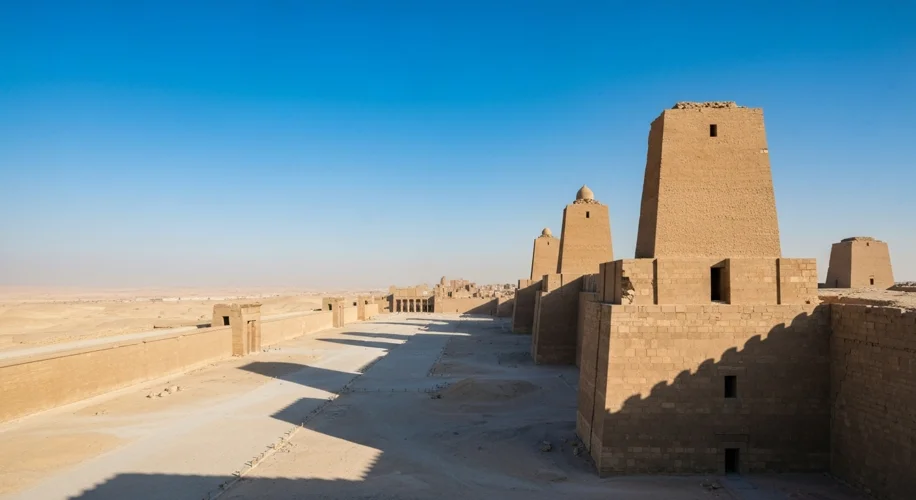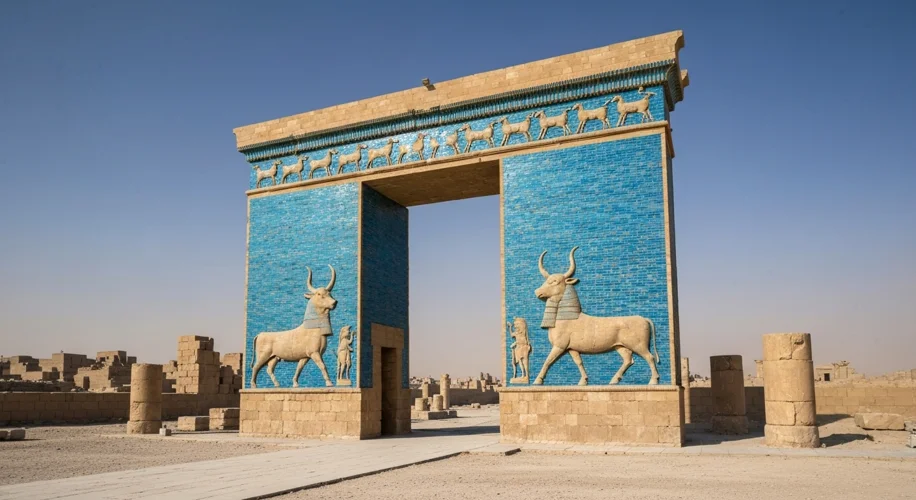As the dust of millennia settles, a remarkable transformation is unfolding in the heart of Iraq. Once the glittering capital of ancient empires, Babylon is once again beckoning travelers, not with tales of conquest and fallen gods, but with the tangible echoes of its glorious past, painstakingly brought back to life. This resurgence, fueled by dedicated restoration efforts, is slowly but surely drawing the world’s attention back to a land rich in history, yet long overshadowed by conflict.
For centuries, the very name ‘Babylon’ conjured images of Nebuchadnezzar II’s legendary hanging gardens, the imposing Ishtar Gate, and the Tower of Babel, a testament to human ambition. Yet, for modern generations, these were but whispers from a distant past, stories confined to textbooks and museums, often obscured by the geopolitical realities of contemporary Iraq.

The journey to restore Babylon has been a monumental undertaking, fraught with challenges. Decades of instability, neglect, and even damage from military activity left the ancient city in a precarious state. However, a concerted effort, involving Iraqi authorities and international archaeological teams, has been steadily breathing life back into its weathered stones. The goal is not to recreate a pristine, untouched city, but to stabilize, conserve, and present the existing ruins in a way that honors their immense historical value and allows visitors to connect with this cradle of civilization.
Imagine standing where Hammurabi once issued his famous code of laws, or walking the processional way once trod by kings and priests. The restoration isn’t merely about rebuilding walls; it’s about reawakening the spirit of a place that fundamentally shaped human history. The Ishtar Gate, with its vibrant blue glazed bricks and magnificent depictions of dragons and bulls, has seen significant reconstruction, offering a tantalizing glimpse of its former splendor. The ziggurat of Etemenanki, believed to be the biblical Tower of Babel, though only its foundations remain, still inspires awe with its sheer scale and the ambition it represents.
This revival is more than just an archaeological project; it’s a beacon of hope and a testament to Iraq’s enduring cultural heritage. As security improves and international recognition of these restoration efforts grows, tourists are beginning to return. They come not just to see ruins, but to experience a tangible link to the dawn of urban life, law, and monumental architecture. The ancient city is becoming a focal point for cultural tourism, offering a narrative of resilience and rebirth that resonates deeply in today’s world.
The impact of this restoration extends far beyond the tourist dollar. It provides a vital sense of pride and identity for the Iraqi people, reconnecting them with a legacy that predates many modern nations. It also serves as a crucial reminder to the global community of the irreplaceable treasures that lie within Iraq’s borders, treasures that deserve preservation and respect. The ongoing work at Babylon signifies a commitment to healing and rebuilding, not just structures, but a nation’s connection to its profound past.
The restoration of Babylon is an ongoing saga, a powerful narrative of reclaiming history and culture. It’s a story of endurance, of meticulous work against formidable odds, and of the unwavering belief that the echoes of the past hold immense value for the future. As more of this ancient marvel is unveiled, Babylon is not just being restored; it is being reborn as a vibrant destination, inviting the world to walk its ancient paths once more.

